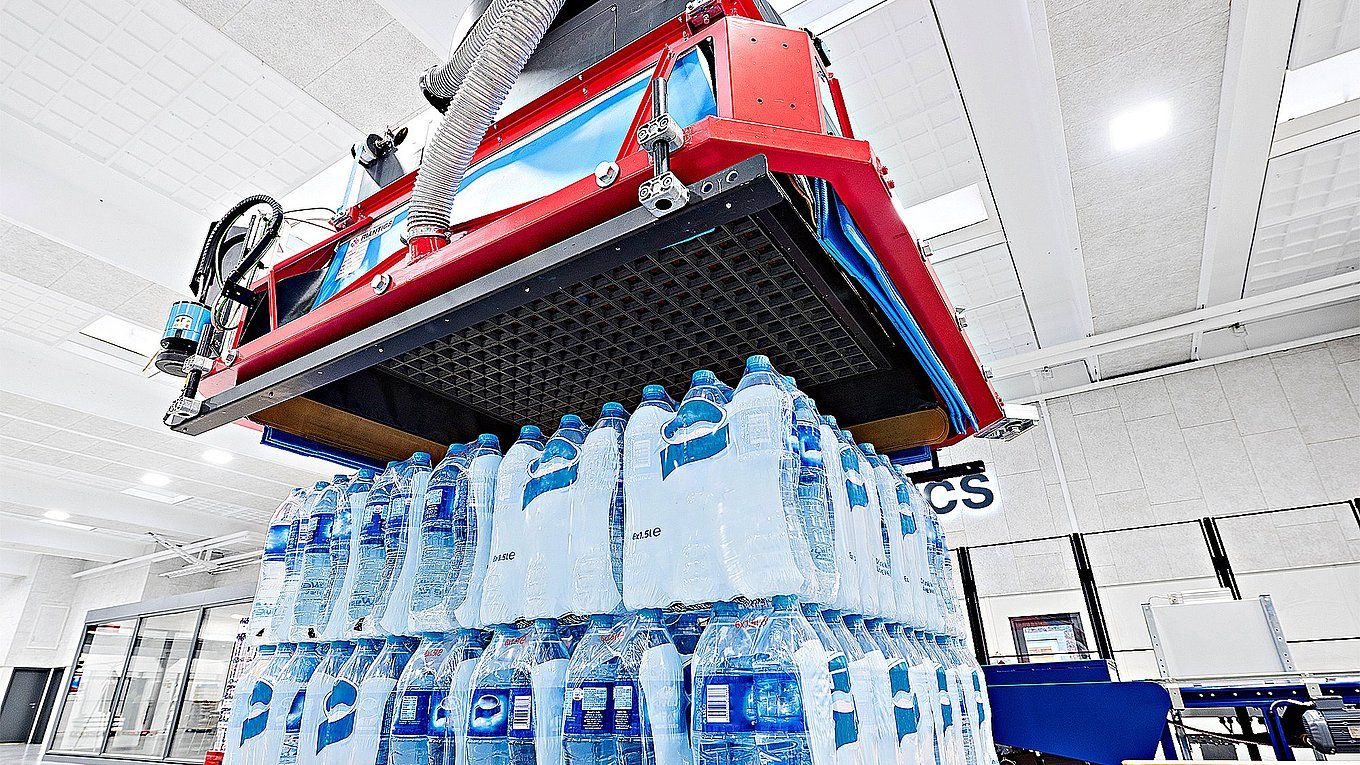By: POUL LORENTZEN, General Manager, Körber Supply Chain Automation
Today, restaurants, cafés, grocery stores and food delivery business are ubiquitous, catering to discerning consumer palettes and ever-changing consumer preferences and desires. To meet increasing demand, food manufacturers are turning to new technologies to help propel their businesses and to stay ahead of competition.
Read on to find out more about the top three trends shaping the food industry — and how the food logistics supply chain may be impacted by these trends.
#1: Consumer demand for transparency
Perhaps one of the biggest trends driving the food and beverage industry forward is greater consumer demand for more transparency from food companies. In late 2019, the United States of America (USA) reported an outbreak of E. coli linked to romaine lettuce. The vegetable staple was pulled out of countless grocery stores, and the incident well illustrated the food industry’s need to stay focused on food safety to prevent future outbreaks of foodborne illnesses.
Apart from food safety, consumers are generally more discerning about what they put into their bodies and are spending more time to research food sources. Such efforts also include examining manufacturers’ food processing and storage methods. With so much scrutiny, food companies are finding it imperative to do whatever it takes to ensure transparency, even within their supply chain processes.
#2: Natural and organic products
Consumers are becoming increasingly aware of the correlation between their health and the types of foods they consume. Rising concern for lifestyle diseases such as diabetes and obesity has also led to a decreased demand for foods produced with artificial ingredients. Instead, consumers are looking for foods made with ‘real’, natural and organic ingredients.
However, the lack of preservatives in organic and natural products reduces shelf life, increasing the pressure on food companies to move products into and out of warehouses in a swift and safe manner. Food manufacturers will do well to ensure that their warehouses as well as transportation processes meet global food safety standards.
#3: Emerging e-commerce food sales
An increasing number of consumers are drawn to the convenience of online shopping and food manufacturers have mostly been able to respond well to these demands. Brick and mortar grocery stores are offering online shopping and delivery services, and more web-based grocery brands are entering markets all around the world.
Food manufacturers and retailers that are still using manual picking processes in warehouses may find it increasingly challenging to cope with online demand. To keep up, F&B businesses can adopt automated solutions to better support increases in scale of operations as well as to maintain low operating costs.

Beyond the food trends: the food supply chain industry
Food manufacturers are constantly updating their product lines and service offerings in a bid to profit from the hottest market segments and the latest trends. These efforts often leave F&B businesses with no choice but to utilize new technologies in their logistics processes in order to remain competitive.
Managing inventory is one of the most critical points along the food supply chain. After all, the movement of goods within warehouses often has a direct impact on the quality and safety of products. F&B manufacturers may need to constantly optimize their warehousing operations as their needs continue to evolve. With an intralogistics partner like Körber, that has extensive experience with conquering supply chain complexities within the food industry, these modern warehousing challenges can be prevailed over.














